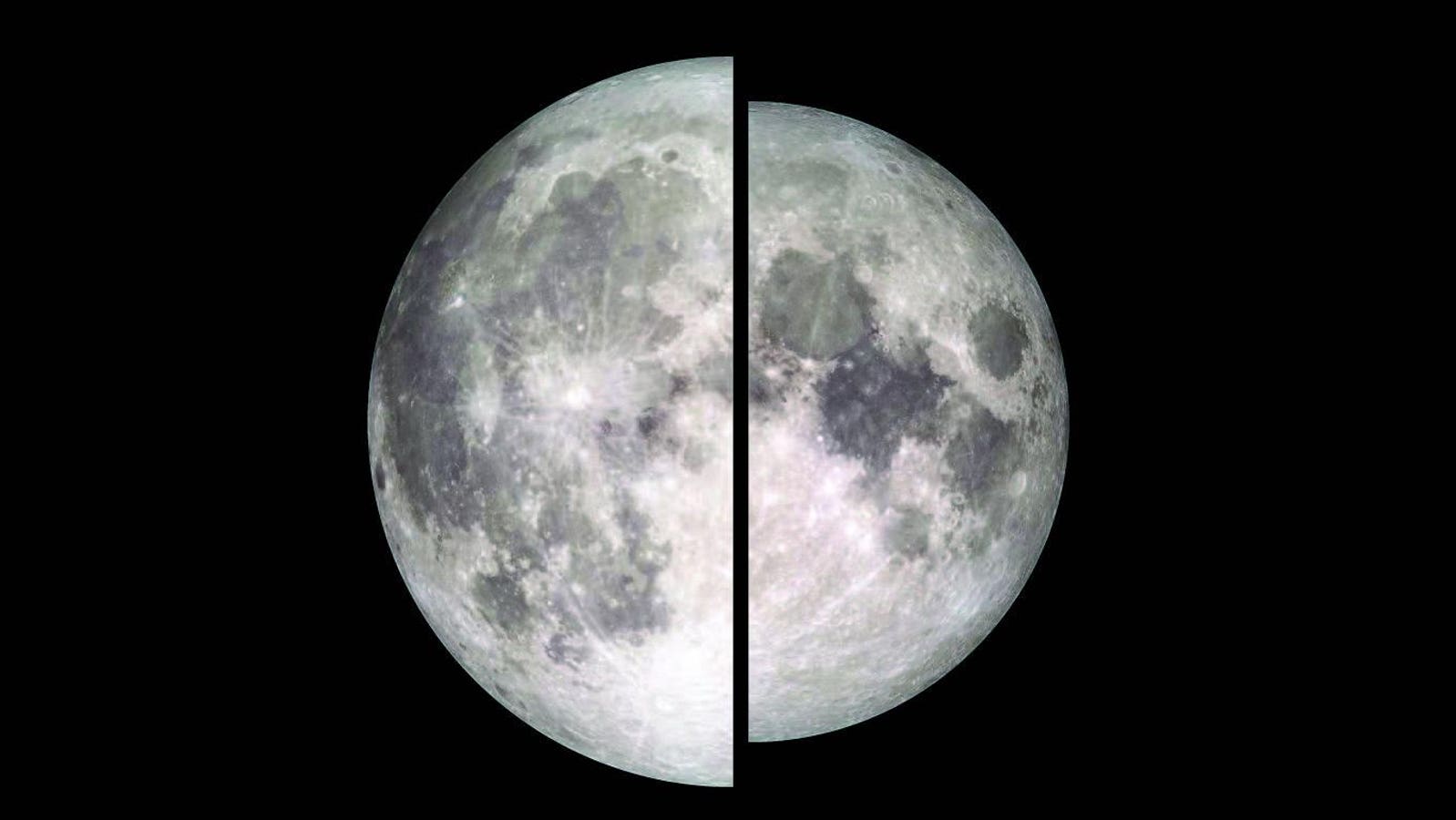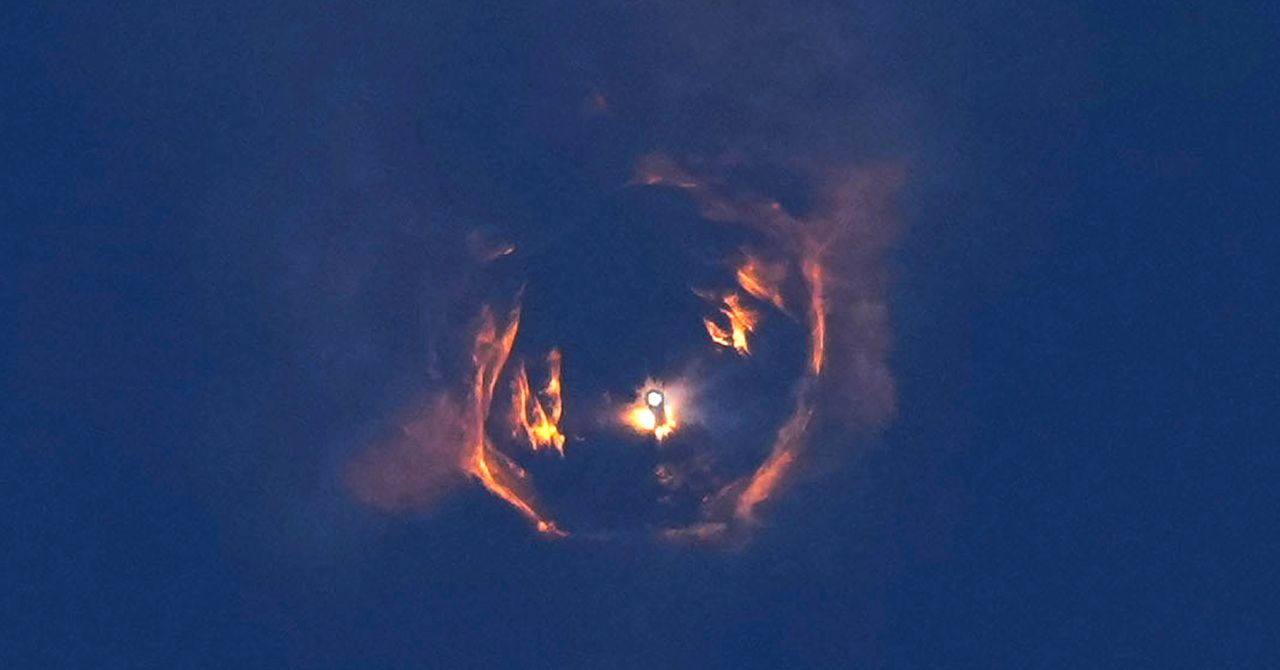An image of the moon taken by NASA’s Lunar Reconnaissance Orbiter is shown in two halves to … More
When is the full moon? If you’ve witnessed the monthly appearance of a full moon on the eastern horizon during dusk before, you’ll notice nothing different when it does so at dusk on Monday, May 12, 2025.
It may seem a little large, but that’s down to something called the moon illusion, the human brain’s propensity to see things close to the horizon as larger than they are. In short, that’s all in your head, according to NASA.
However, the full “flower moon” (also called the hare’s moon, milk moon and planting moon) will be smaller than usual, and, technically speaking, it will appear smaller and dimmer than usual. Although it’s not a term used by astronomers, you’ll hear it referred to as a “micromoon.”
What Makes This Full Moon a ‘Micromoon’
A micromoon is when a full moon coincides with the moon’s apogee, its farthest point from Earth in its elliptical orbit, according to Timeanddate. The moon’s orbital path around Earth is slightly elliptical, so each month, there’s a point when it’s farthest away (apogee) and closest (perigee). If a full moon coincides with a perigee, it’s closer to Earth and bigger in the night sky, also known as a supermoon. If a full moon coincides with apogee, it’s farther to Earth and smaller in the night sky, so it’s called a micromoon.
A supermoon looks bigger than a “micromoon” (when the full moon is at apogee) because it’s about … More
The Micromoon Rule
They may not be widely used terms by astronomers (you’re likely to get a roll of the eyes if you ask an astronomer about any of this), but that’s not stopped people from rushing to define what is and isn’t a supermoon and a micro moon.
Timeandate states that a micromoon is a full or a new moon that occurs when the center of the moon is farther than 251,655 miles (405,000 kilometers) from the center of Earth. Meanwhile, a supermoon is when the center of the moon is less than 223,694 miles (360,000 kilometers) from the center of Earth. The moon’s average distance from Earth is 238,900 miles (384,472 km). On Monday, the flower moon will be 251,828 miles (405,278 kilometers) away, according to AstroPixels, the second-farthest full moon of the year.
Observing A Micromoon
The upshot of all this is that this week’s flower moon will appear about 12–14% smaller and dimmer than a supermoon, the case being about it’s about 25,000 miles (40,000 kilometers) of Earth-moon distance. However, exactly how useful it is to know that is questionable. “A 14% increase in the apparent size of something that can be covered with a fingernail on an outstretched arm won’t seem significantly bigger,” states NASA. Lucky, then, that the rising of a full moon on Monday will, in a clear sky, be the astronomical highlight of the month — micromoon or not. To see it at its best, find an elevated location, an open field or an east-facing coastline with a clear view of the eastern horizon. To find the best time to see it appear from where you are, use a moonrise calculator.
Wishing you clear skies and wide eyes.








